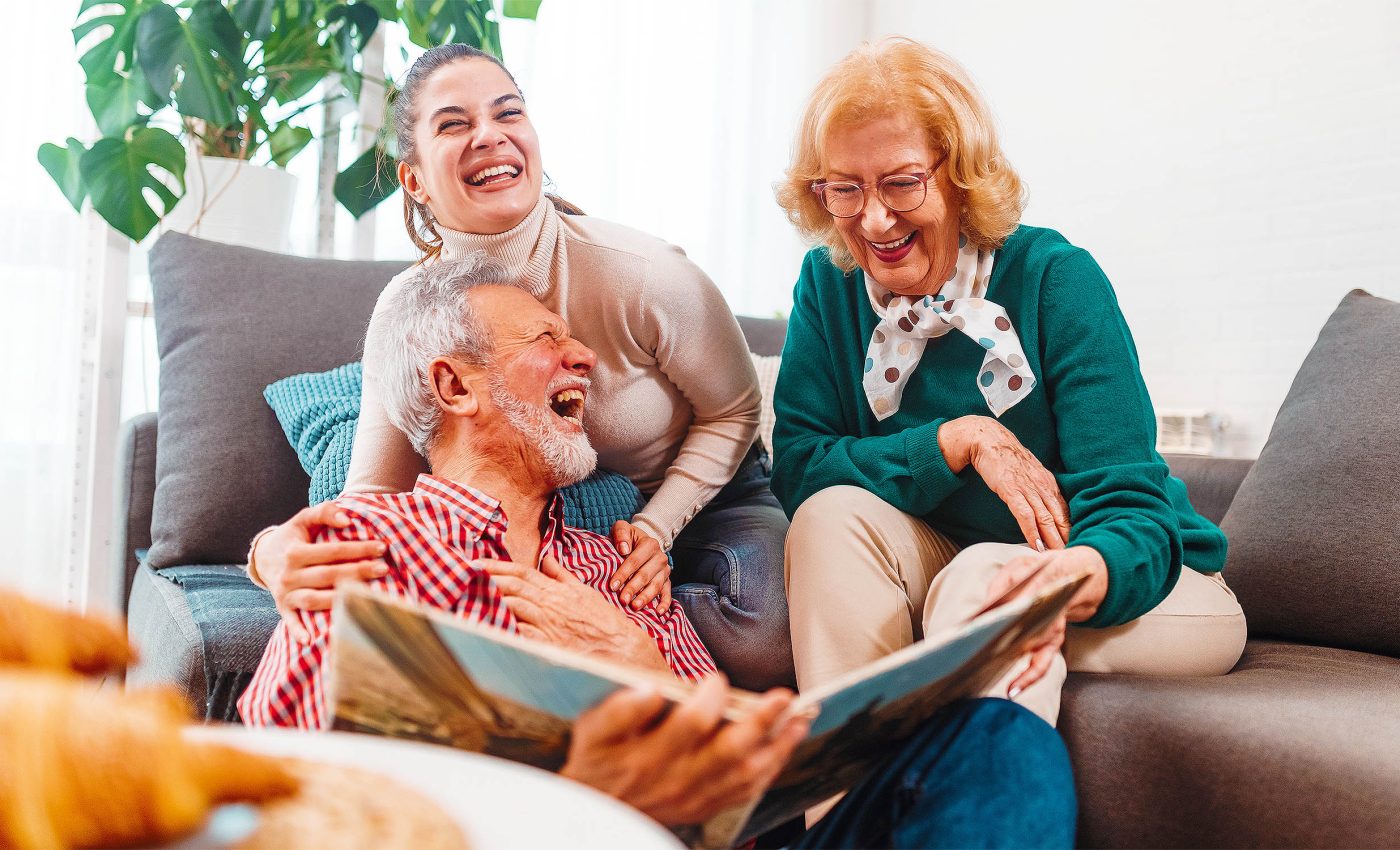
Memory is shaped by both past and future events and experiences
Memory has always been a crucial aspect of the human experience, deeply intertwined with the ways we preserve our past, navigate the present, and shape our future.
It is through memory that we carry forward our collective knowledge, traditions, and personal histories, enabling us to learn, grow, and adapt across generations.
How memory shapes our identity
Imagine a memory as a thought photograph, capturing aspects of our history. This is how our brain files away information — like your best friend’s laugh or the flavor of a cherished dish.
Memories let us revisit experiences, whether joyful or sorrowful, and contribute significantly to our identity.
Each time we evoke a memory, our brain resurrects it, sometimes introducing overlooked aspects. Yet, memories can become hazy or tangled over time.
Have you ever noticed how your view of an incident differs from someone else’s? This discrepancy can stem from our current emotions or new insights.
Nevertheless, memories are crucial. They help us learn from our past and inform our decisions, connecting us with others through shared experiences.
Dr. Elizabeth Loftus reminds us, “Memory is reconstructive, not reproductive,” prompting us to consider the dynamic nature of our memories and their implications for our lives.
So, how do our memories influence how we see ourselves and the world? Thinking about this can enhance our understanding of the mind’s intricate workings and the many components of human consciousness.
Experience and memory across human history
Pause for a moment and go back in time, to an era long before the advent of printing, computers, or telephones.
This was an epoch where unique and sometimes extreme tactics were employed to etch essential moments, such as land transfers, vital pacts, or marriages, indelibly into the minds of individuals.
In the absence of written records or digital aids, memory served as the primary repository of critical information.
One such method, as legends narrate, was the astonishing act of casting a child who had just borne witness to an important event into a river.
This stark and dramatic blend of physical and emotional experiences was assumed to arm the child with an unshakeable, lifelong memory of the event, ensuring that the significance of the moment would never be forgotten.
Evolution of memory models
Any discussion about memory and learning would be incomplete without the mention of the Hebbian model.
The model bases itself on synaptic plasticity, a phenomenon where the connection between two neurons, frequently activated together, becomes stronger.
The famous proverbial offshoot of Hebb’s rule, “neurons that fire together, wire together”, suggests that the process is strictly input-specific and hinges on simultaneous activation of both neurons.
However, a recent study conducted at DANDRITE (Danish Institute for Translational Neuroscience) elucidates that the above model might be oversimplifying the process of memory formation.
There’s more to the story than mere simultaneous neuron activation. A process called ‘heterosynaptic plasticity’ shows that synaptic changes are not necessarily restricted to specific synapses, which were directly activated during the original experience.
Events influencing memories
The DANDRITE scientists proposed that memories can be fortified by subsequent activations, even if they are unrelated, as long as they stir up a potent response.
They have shown that our memory not only relies on the specific synapses activated during a particular experience, but is also influenced by past and future events, even if they are delayed by a day.
This finding challenges the Hebbian model’s focus on simultaneous activation as the primary mechanism for memory formation.
Bridging the past, present, and future
These groundbreaking discoveries hold the key to a deeper and more nuanced understanding of cognitive functions and memory-related disorders, potentially revolutionizing the way we approach treatment and prevention.
By unraveling the complexities of how past and future events shape our memories, they pave the way for innovative therapies designed to improve memory and learning, offering new hope to those grappling with cognitive challenges such as Alzheimer’s, PTSD, and other neurological conditions.
If we circle back to our ancestral legend, it strikes us that our ancestors might have been onto something crucial about memory even before modern science could catch up.
Although their methods were extreme and seemingly archaic, they intuitively understood the profound correlation between intense emotional experiences and memory enhancement—an insight that we are only beginning to decode scientifically today.
Memory, experience, and treating disorders
Understanding that memory is shaped by both past and future events opens new avenues for addressing memory-related disorders such as Alzheimer’s disease, PTSD, and other cognitive impairments.
Traditional treatments have often focused on reinforcing specific memories or mitigating traumatic ones through therapies that target synaptic connections.
However, the discovery of heterosynaptic plasticity suggests that therapeutic strategies could be expanded to consider how unrelated, emotionally potent experiences might influence memory retention and recall.
For instance, therapies could be developed to introduce positive experiences or controlled stimuli after traumatic events to strengthen or weaken specific memories, potentially alleviating the symptoms of PTSD.
Similarly, in the context of neurodegenerative diseases like Alzheimer’s, understanding how future events might impact the retention of memories could lead to innovative approaches that preserve cognitive function for longer periods.
This broader perspective on memory formation also emphasizes the importance of emotional health in cognitive resilience.
By recognizing the interconnectedness of past and future experiences in shaping our memories, researchers and clinicians can design more holistic and effective interventions, paving the way for improved mental health outcomes.
The full study was published in the journal eLife.
—–
Like what you read? Subscribe to our newsletter for engaging articles, exclusive content, and the latest updates.
Check us out on EarthSnap, a free app brought to you by Eric Ralls and Earth.com.
—–













